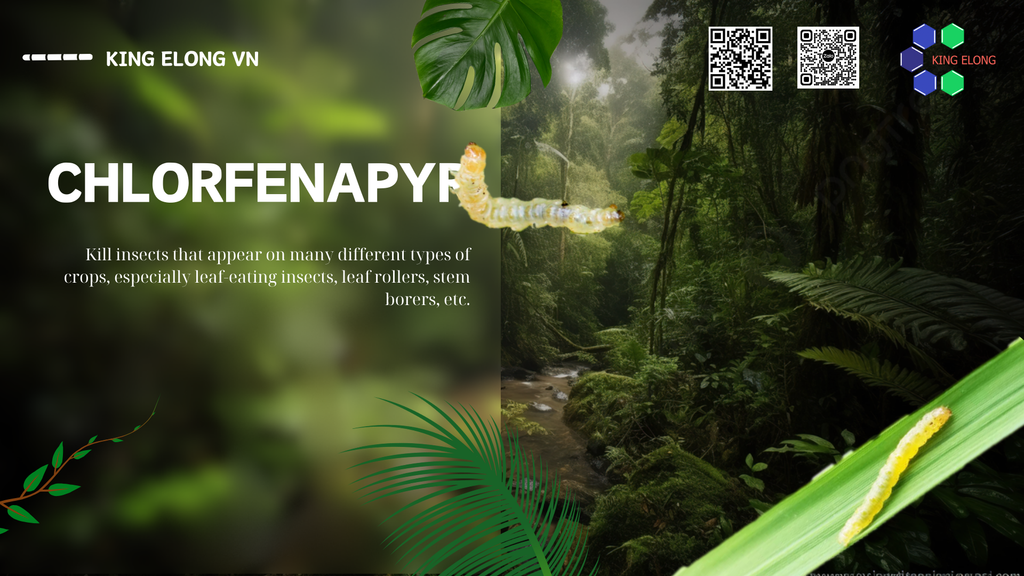The origin of Chlorfenapyr:
- Chlorfenapyr was synthesized by a Belgian scientist in 1942. Since 1955, Chlorfenapyr has been used in agriculture and pest control for households such as ants, cockroaches, crickets, fleas, and termites. By the 2000s, Chlorfenapyr was developed by the company Cyanamide in America, and manufactured and sold by BASF from the Dioxapyrrolomycin product, isolated from Streptomyces fumanus bacterium.
How can Chlorfenapyr kill insects?
- Chlorfenapyr works by damaging the energy-generating system (ATP) of insects. This active ingredient acts on the insect’s respiratory system where the cellular respiration process creates energy (ATP) for them. It does not have an immediate effect, but it will be activated after the insect begins to eat and metabolize energy to consume their energy. This new mechanism of action makes it difficult for pests to adapt and show resistance, so it gives quick and lasting effects even on difficult-to-treat pests. With the unique mechanism of action as above, Chlorfenapyr can completely counteract the resistance of insects.
Main feature:
- Broad insecticidal spectrum: Chlorfenapyr can control many different pests such as caterpillars, stem borers, cabbage worms, beet armyworms, thrips, cabbage aphids, cabbage moths,...
- Chlorfenapyr has good systemic permeability and conductivity, the control efficiency during the day can reach more than 85%.
- It has quick contact ability, strong toxicity, good deep penetration and expanded insecticidal spectrum when combined with other active ingredients such as Emamectin Benzoate, Abamectin, Indoxacarb, Lufenuron,... and other pesticides.
Is Chlorfenapyr toxic to people or pets?
- Up to now, the active ingredient Chlorfenapyr is still safe for people and widely used to eliminate insects for plants or anti-termite construction in houses. However, studies involving animal testing have shown that its poison can cause some effects that can be dangerous to organisms raised in environments treated with Chlorfenapyr => Therefore, experts encourage farmers and plant conservationists to comply with all regulations regarding the use of Chlorfenapyr and to avoid using or allowing this active ingredient to come into direct contact with livestock.
King Elong specializes in providing raw materials for pesticide production in the Vietnamese market. If you are interested in this material, please contact King Elong for advice and the best quote!


